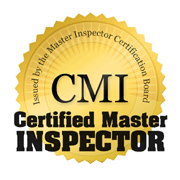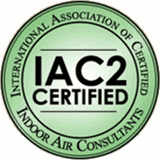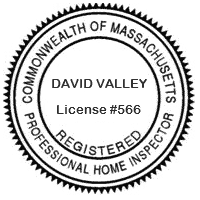Massachusetts Home Inspections YOUR INVESTMENT IS MY CONCERN
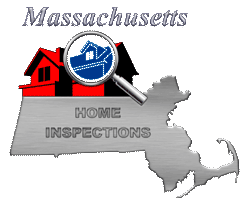
Mold In Your Home
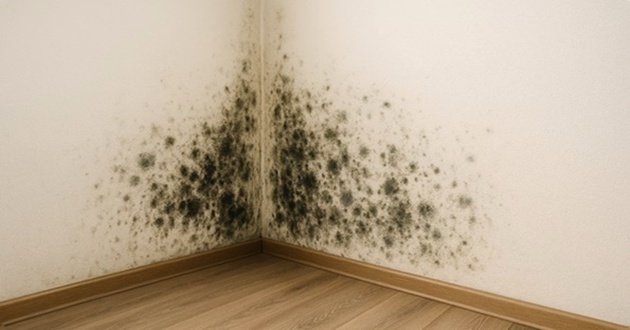
Massachusetts Home Inspections is not a mold testing laboratory. Identifying specific types of mold falls outside the scope of my home inspection, so I cannot definitively determine whether a particular type of mold is present. However, if I observe any mold-like substances, detect conducive conditions to mold or musty odors, I will document these findings in your home inspection report.
If you would like to confirm the type of mold present, I recommend consulting a qualified industrial hygienist or a certified mold testing laboratory. These professionals have the specialized knowledge and equipment necessary to conduct accurate mold identification and analysis.
That said, from a practical perspective, the specific type of mold may not be the most important concern. Any visible mold growth indicates an underlying moisture issue. The priority should be to identify and eliminate the moisture source and promptly remove any mold-affected materials to prevent further growth and maintain a healthy indoor environment.
Most people can recognize the appearance and musty smell of mold. Mold, mildew, and other potentially harmful organisms often develop in areas with evidence of moisture intrusion or inadequate ventilation. These conditions can pose health risks, especially for children, pregnant women, the elderly, and individuals with compromised immune systems.
The key to preventing mold growth is controlling moisture. Keep your home’s interior dry and maintain humidity levels below 45%. Promptly remove any visible mold growth and disinfect the affected surfaces. In the event of water intrusion, it’s essential to eliminate the source of moisture and thoroughly dry, repair, or replace any wet materials as soon as possible. Taking these steps will help prevent mold from returning and protect the health of your household.
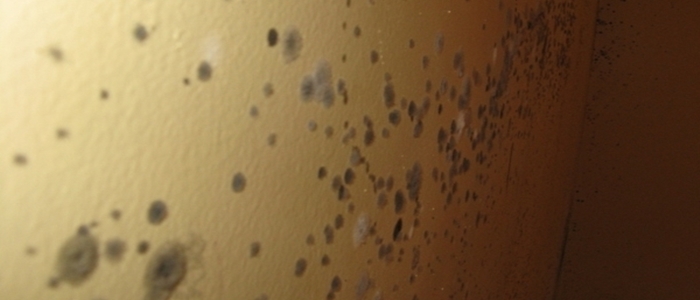
Thousands of types of mold naturally exist throughout Massachusetts, though only a small number are known to cause health issues. Mold spores are a normal part of the environment and can be found in virtually every home, circulating through the air. While their presence is unavoidable, it’s the elevated levels of harmful mold that pose potential health risks. Identifying and addressing moisture issues is key to preventing mold growth and maintaining a safe indoor environment.
As you read this article, you’re likely breathing in mold spores — a natural part of the air around us. Mold can grow on most building materials when moisture is present. Unfortunately, because many homeowners don’t routinely check for water leaks or drainage issues, mold problems can develop and spread unnoticed in homes and buildings.
To prevent mold growth and protect your health, it’s essential to inspect your home regularly, especially in moisture-prone areas like the attic and basement. Performing monthly checks for signs of water intrusion or leaks can help you catch issues early, before they lead to more significant mold growth. Proactive maintenance is the key to keeping your home dry, safe, and mold-free.
✔ Have any leaks repaired promptly by a licensed plumber. Regularly inspect areas around sink basins, bathtubs, and shower stalls for signs of deteriorated grouting or caulking. Damaged or missing sealants can allow water to seep into the walls and framing, creating an ideal environment for mold growth.
✔ After using the shower or bathtub, run the exhaust fan or open bathroom windows to reduce humidity and prevent moisture buildup. Proper ventilation is essential for keeping these areas dry and minimizing the risk of mold development.
✔ If you see mold or detect musty odors, it's likely that mold is growing in your home. The first step is to identify and address the source of moisture that’s allowing the mold to thrive.
✔ Start by removing any items stored under your sinks and inspect the water drainage pipes and valves for leaks. Next, check ceilings and structural areas beneath bathrooms and washing machines for signs of water damage.
✔ If you have a finished basement and notice persistent musty odors without visible staining, it’s advisable to have an air quality test performed. This can help detect hidden mold growth and ensure appropriate steps are taken to resolve the issue.
MOLD REMEDIATION: Deciding when to call a Professional
Don't get Ripped-off when dealing with Massachusetts Mold contractors
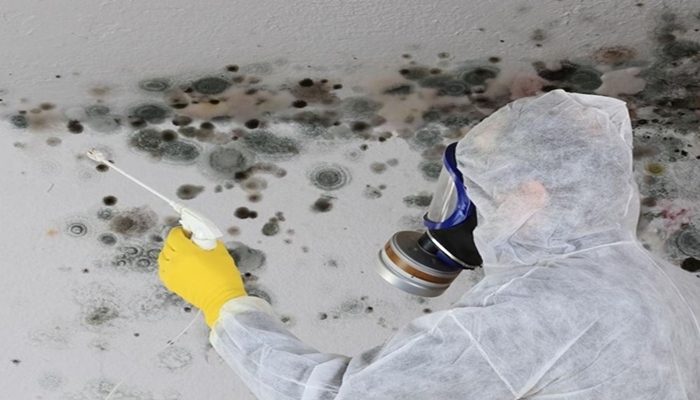
Can you clean up mold yourself? Yes, but the approach will vary depending on the extent of the mold growth. Cleaning a small amount of mold in a sink cabinet is very different from addressing a large, contaminated area, such as mold within walls and ceilings. According to the Environmental Protection Agency (EPA), homeowners can typically manage minor mold issues using proper personal protective equipment. However, for larger infestations, the EPA recommends hiring an experienced, professional Massachusetts mold contractor. If your home has experienced significant water damage or flooding, it’s essential to have it inspected by a qualified water loss specialist, such as ServPro. Their expertise ensures proper assessment, cleanup, and restoration to prevent further mold growth and damage.
✔ Disinfectants should only be applied to surfaces that have been thoroughly cleaned. Do not use disinfectants as a substitute for cleaning with soap or detergent, and never apply them before the cleaning process.
✔ When performing mold cleanup, prioritize safety to protect human health. Remove and discard moldy materials promptly to minimize the release of spores. Keep family members and others away from the cleaning area to reduce exposure to both mold and disinfectants. Contain the work area by sealing it off, and ensure proper ventilation by using fans or opening windows.
✔ Wear protective clothing that can be easily cleaned or discarded, along with rubber gloves. Use a respirator equipped with a P-100 filter to prevent inhalation of airborne spores. Clean affected surfaces using a non-ammonia soap or detergent mixed with hot water. For rough surfaces like cement-block walls, use a stiff brush or abrasive cleaning pad to effectively scrub away mold growth.
✔ Make sure the entire surface is wet, and allow the disinfectant to remain on the surface for the prescribed time before rinsing. Rinse the items, dispose of any sponges or rags used to clean the mold, and properly dispose of extra disinfectant and runoff. The cleaned areas and house should be thoroughly dried and ventilated for several days after the work. If mold returns after a cleanup, it may indicate an undetected problem, such as a leak. If mold contamination is extensive or if you are unsure of yourself during the cleaning process, consult a professional mold abatement company.
Here is what my clients have to say about my home inspection services:
Press F5 (on your keyboard) for additional testimonials



